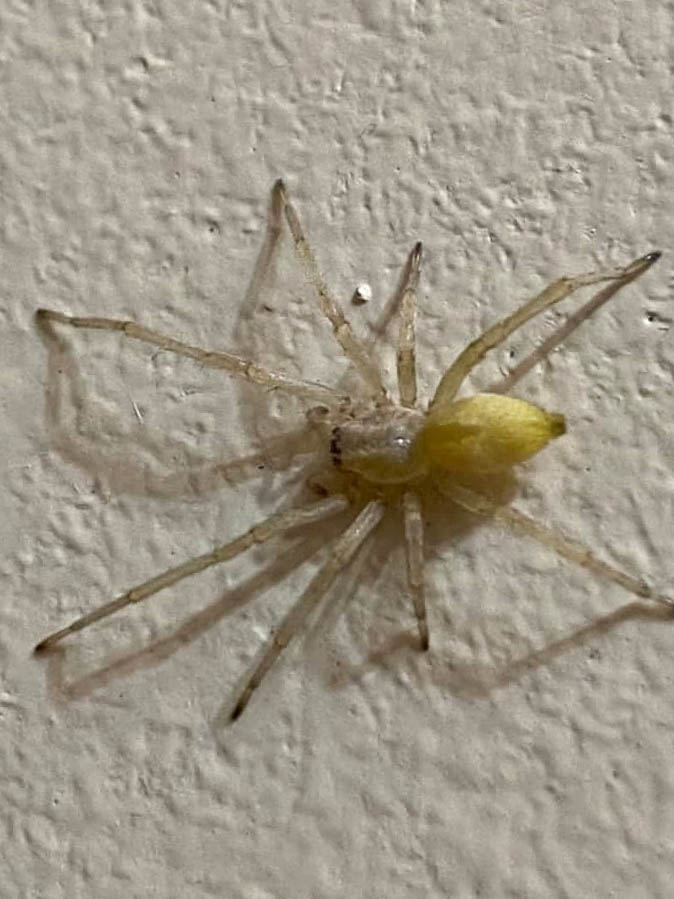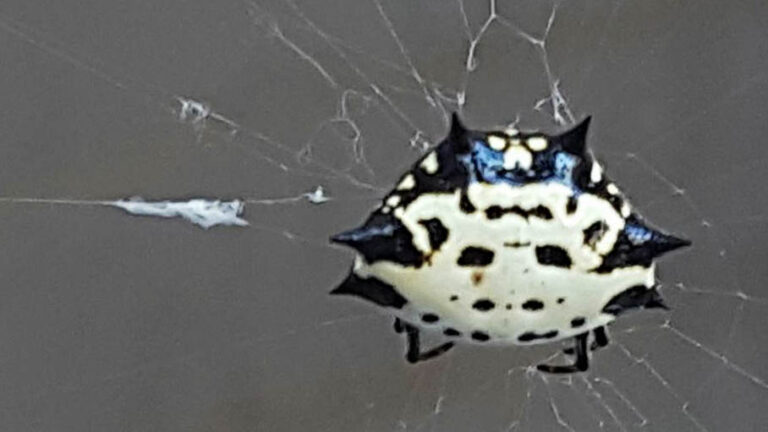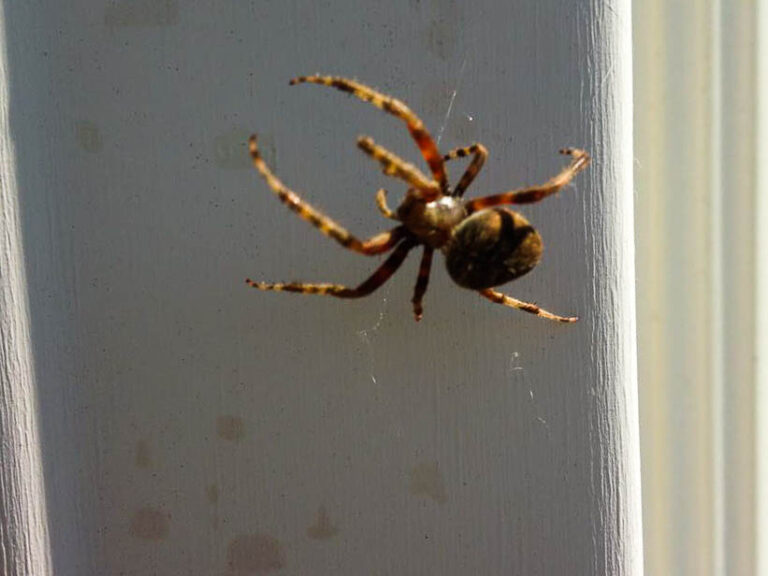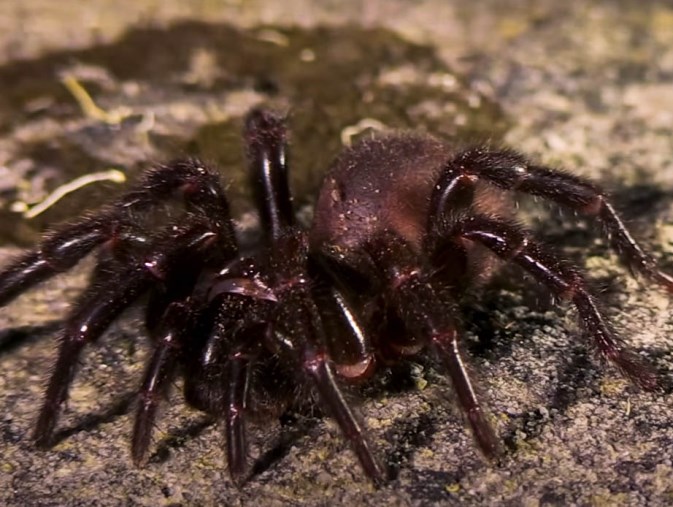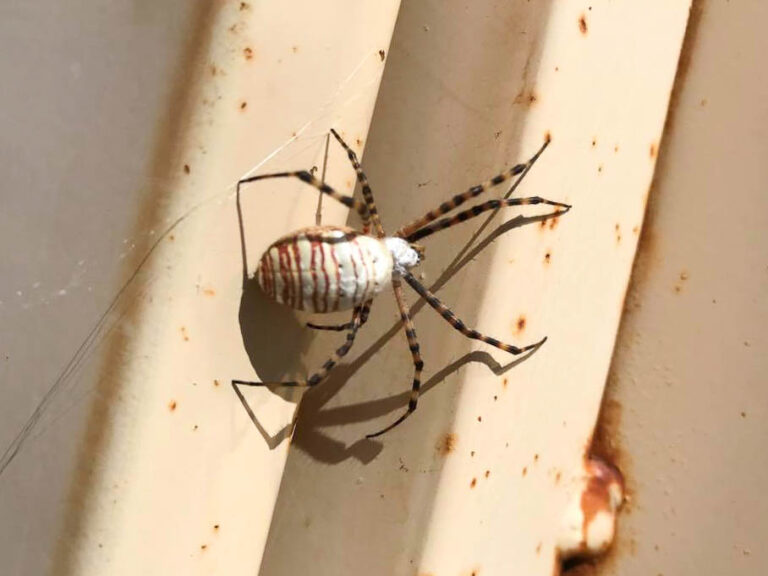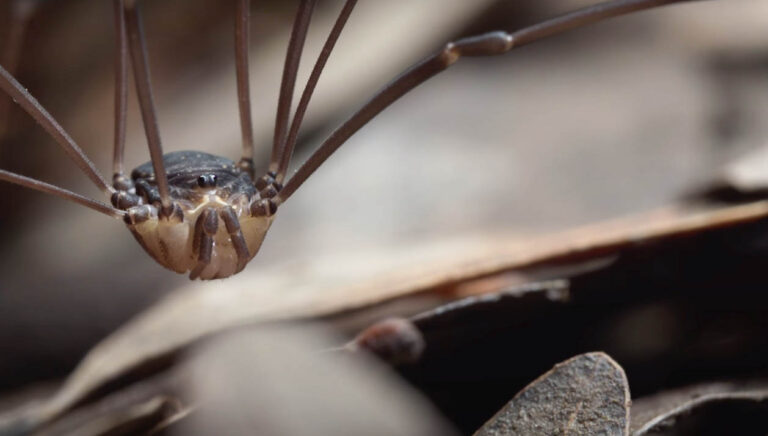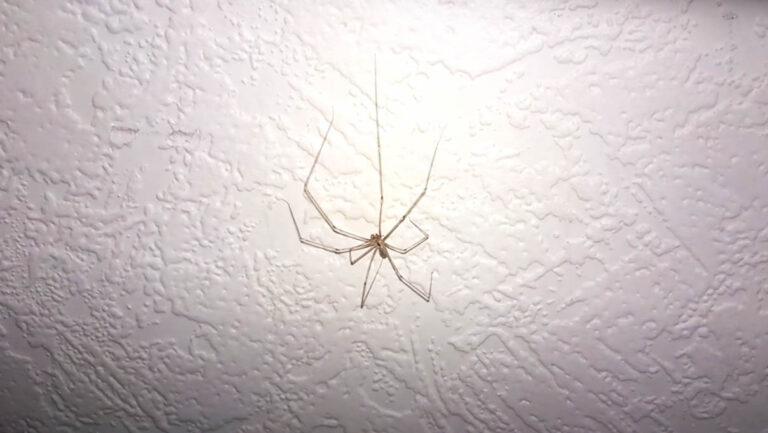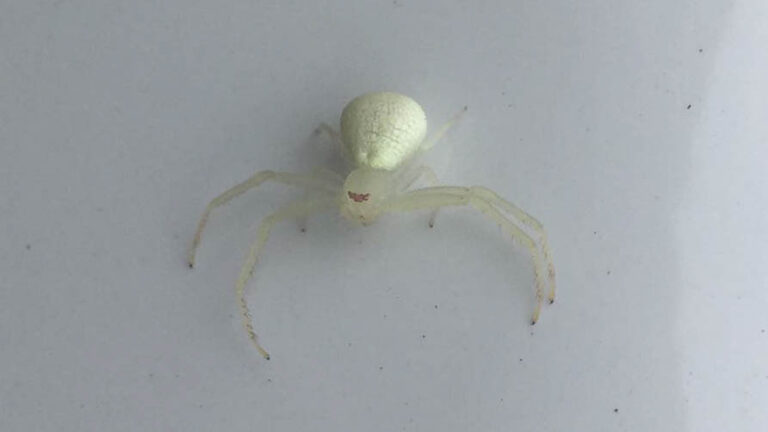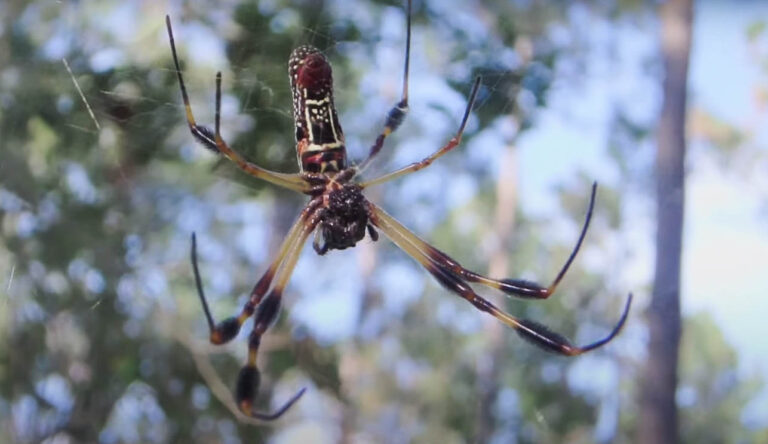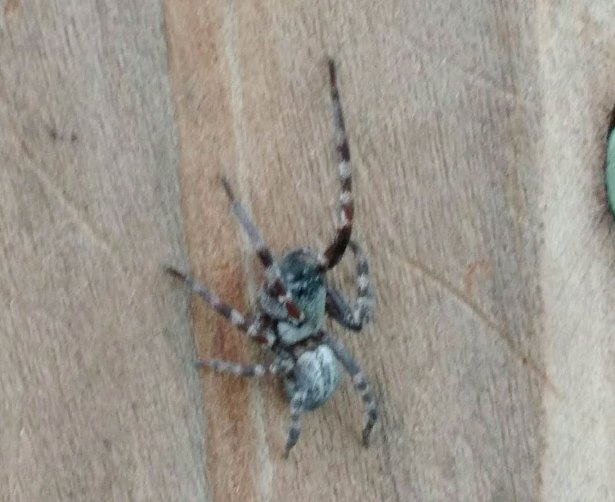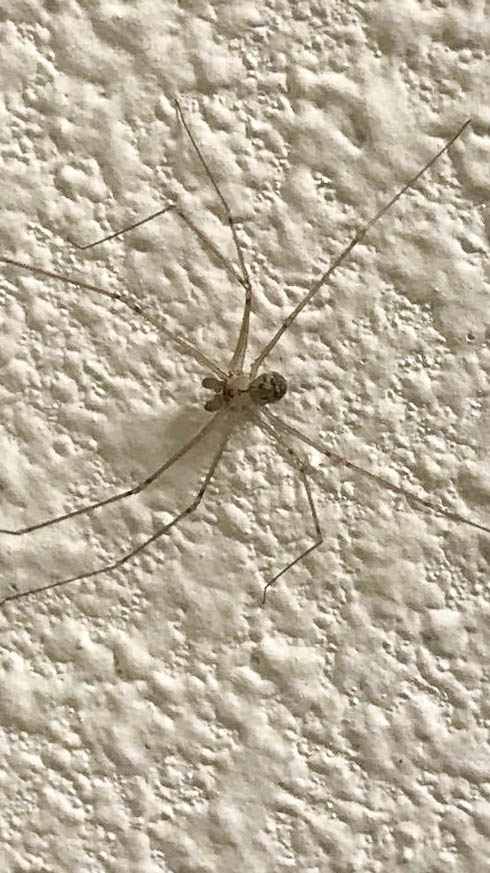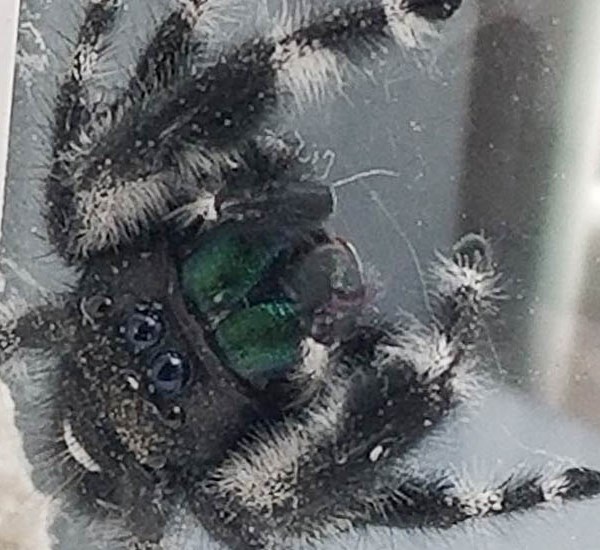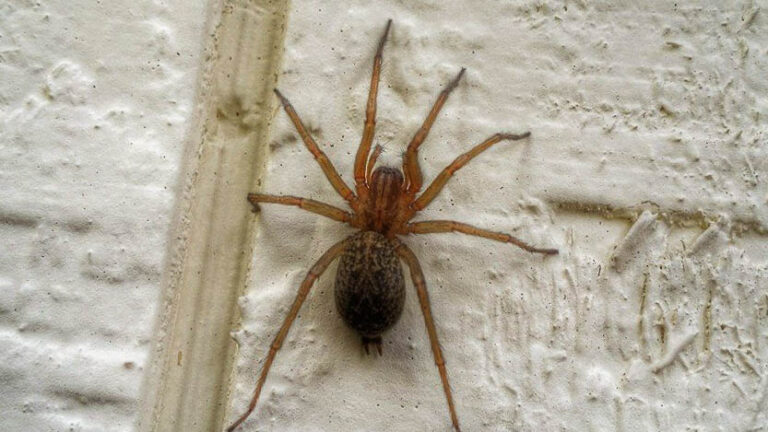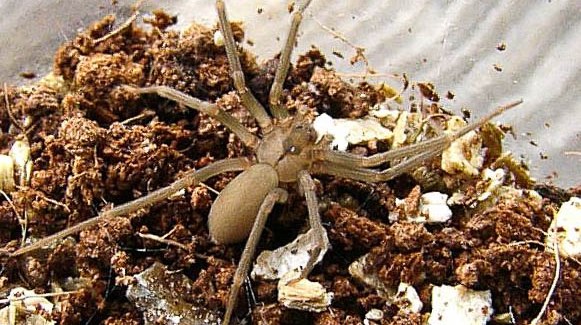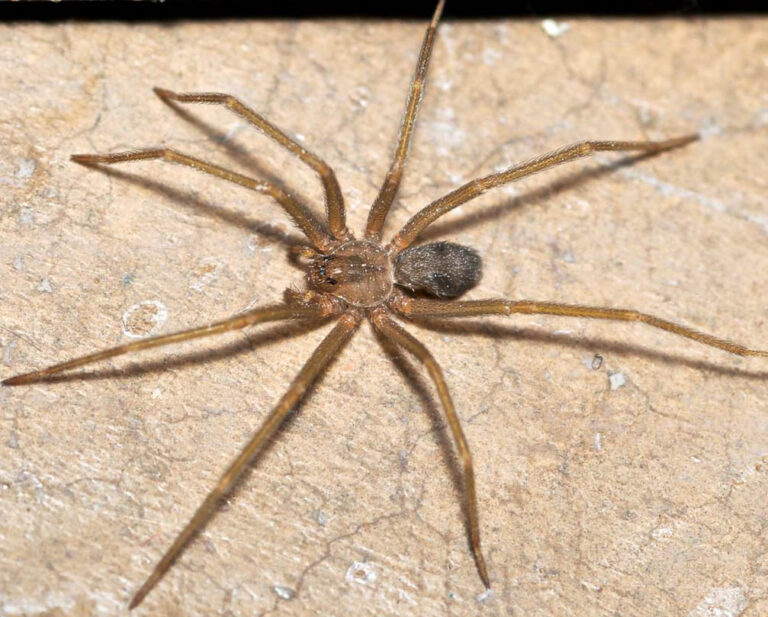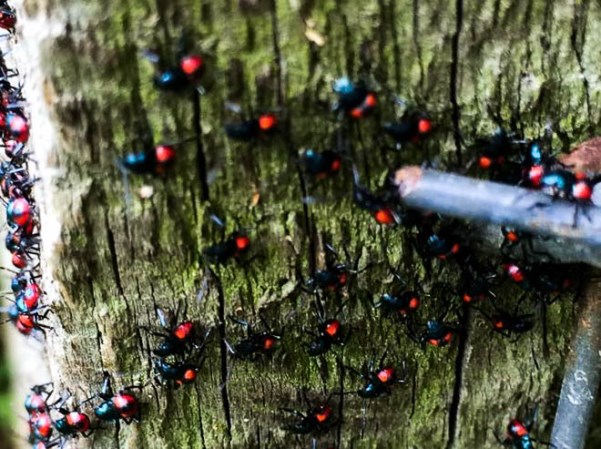About Yellow Sac Spiders
About Yellow Sac Spiders
The yellow sac spider (Cheiracanthium inclusum), also referred to as the black-footed spider, is a remarkable hunting spider found all over North America and many other parts of the world. They are a mildly-aggressive species. In stark contrast with most species in this family, yellow sac spiders don’t build webs; instead, they prefer living in sacs, hence their name.
Appearance
Yellow sac spiders have yellowish-green, light yellow to orange-brown stripes on their abdomens. The spider’s cephalothorax has a reddish to orange-brown coloration. Upon maturation, female yellow sac spiders measure around 1/4 to 3/8 inches long, with the legs spanning to over an inch. The males have slightly slender bodies and shorter leg spans. The spiders have eight similar eyes typically arranged in two horizontal rows, consisting of primary and secondary eyes. The spider bears unusually long front pairs of legs often covered with black hairs.
Behavior
Yellow sac spiders are often reclusive creatures that are seldom seen.
They are carnivorous and prefer hunting at night. Their diet mostly comprises of other arthropods, for instance, leafhoppers and grasshoppers. Yellow sacs often invade other spiders’ webs, some even larger, to either prey on them or their eggs. These spiders actively search for nectar on foliage to boost their growth and fitness. You’re most likely to encounter these spiders in your homes during autumn.
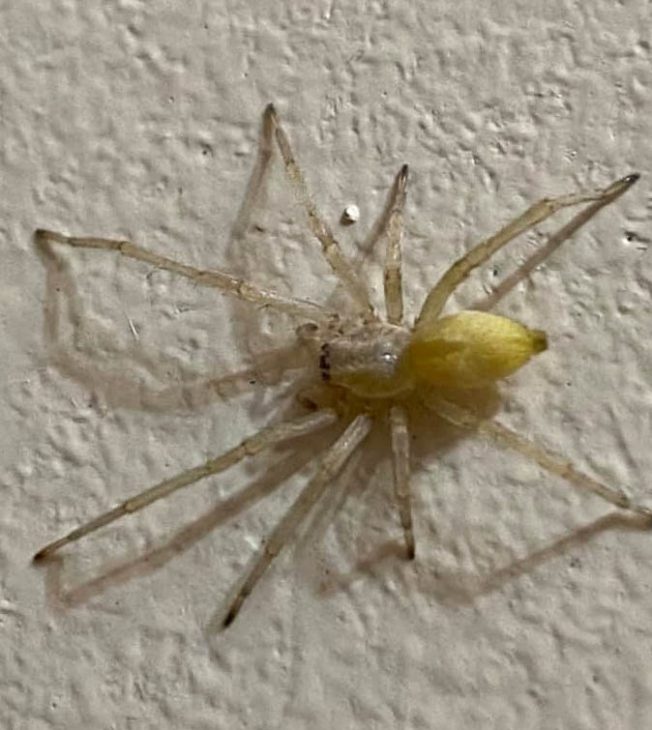
This species perceives and communicates with its outside world via several channels. These include: visual, tactile, vibrations, and chemicals.
Life Cycle
These arachnids are nocturnal; hence they mate during the night. Males mature earlier than their female counterparts. After mating, the female lays her eggs and then wraps them up in a silk-like pouch or sac. She lays her eggs in autumn, and the following spring, they hatch to become spiderlings. The female yellow sac usually stashes her eggs in inconspicuous locations, for instance, behind wall pictures and shelves and along door corners and ceilings. The female is capable of producing hundreds of egg sacs in her lifetime. Adult females are most commonly seen during the hot months of April to November.
Habitat
Yellow sac spiders spend their days hidden in flattened silk-tube webs. At night, the spiders come out to hunt. Here are the common habitats for the Cheiracanthium inclusum, or the yellow sac spider:
- Sub-Saharan Africa
- The Northern Hemisphere
- Agricultural ecosystems
- Trees
- Residential areas
- Tropical savannas
In human houses, this spider species often crawls on vertical surfaces like doors and walls.
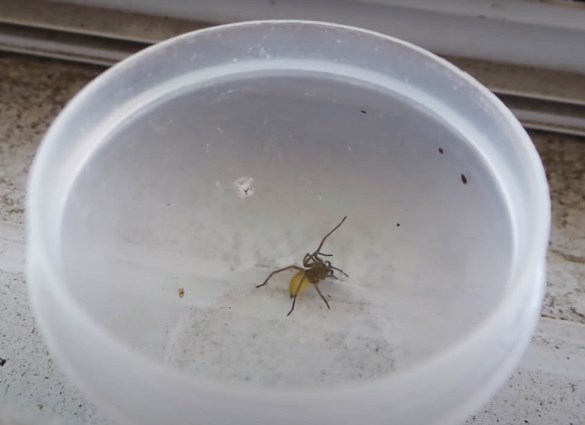
Are Yellow Sac Spiders Harmful?
Yellow sac spiders are armed with powerful fangs capable of penetrating human skin. The spider’s bite contains a cytotoxic venom that causes adverse necrotizing side effects. Yellow sac spider bites are common with people involved in outdoor activities such as gardening and camping.
The spider’s venom often results in non-life-threatening effects such as nausea, malaise, and fever. Once bitten, one experiences a burning sensation on their skin. The pain subsides from as soon as an hour to ten hours later. However, there’ve been no recorded fatalities as a result of a yellow sac spider bite as of yet.
On the contrary, yellow sacs play an important pest-control job in the agricultural ecosystems they inhabit. These spiders feed on the unwanted pests in people’s apple orchards, vineyards, and cotton farms.
How to Control Yellow Sac Spiders
Have you confirmed you are living with yellow sac spiders? Well, you are ready to begin their removal and control. To begin with, place a pro-glue board in the suspected entrance areas of these spiders. The glue board catches present and incoming spiders. Alternatively, remove or organize any unorganized items in the house, debris in the surroundings, and any other materials that could host these arachnids.
Eventually, use Pyramid aerosol or Reclaim IT insecticides to eliminate the yellow sac population in your compound. Remember to read instructions carefully and put on PPE (Personal Protective Equipment) when handling the two chemicals.

